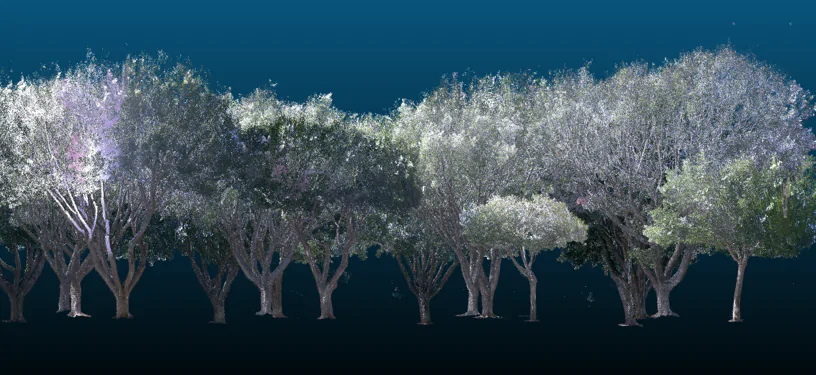
07/03/2025
Althenia Sando has launched the second phase of its pioneering research project, Evaluation and Promotion of Ecosystem Services Provided by Urban Trees II (SERVECO II), which aims to quantify the capacity of urban green spaces to mitigate the effects of climate change.
Building on the success of SERVECO I, this new R&D&I initiative is supported by funding from the Andalusian Technological Corporation (CTA) and developed in collaboration with the University of Málaga (UMA), through the RNM-262 Biogeography, Diversity and Conservation research group, and WDTECH, a tech firm specialising in advanced IoT solutions.
The project led by Althenia Sando expands ongoing research into how cities can adapt to the challenges posed by climate and ecological crises, in line with the company’s ESG strategy and the United Nations Sustainable Development Goals (SDGs).
SERVECO II will assess the role of green spaces in delivering so-called Ecosystem Services that help mitigate the effects of pollution and climate change. Building on the findings from the initial phase, the project sets out to achieve five key goals:
– Identify vulnerable urban areas
– Assess the value of land covered by vegetation
– Monitor the extent of urban sprawl
– Detect urban heat islands
– Evaluate overall urban climate comfort
As Juan Antonio Báez, Director of Sando’s R&D department, explains, cutting-edge technology will play a vital role in this second phase: “Next-generation sensors will enable real-time monitoring of environmental variables such as pollutants, humidity levels, and temperature. In addition, we’ll apply advanced geospatial data technologies—including laser scanning and ultra-high-resolution satellite imagery—to capture detailed physical parameters of urban trees.” Báez credits CTA’s support in SERVECO I as pivotal: “The backing of CTA in the first phase was crucial to advancing this new stage of research, which now pursues even broader goals with the potential to help mitigate climate change.”
Carlos García, Head of Building and Civil Works at CTA, highlights the European relevance of such initiatives: “SERVECO II moves forward along a path that is increasingly prioritised and supported by the European Union—quantifying and evaluating the ecosystem services offered by what we call ‘green infrastructure’.” He adds that this valuation is essential—not only for more accurate cost-benefit analysis and a better understanding of positive environmental impacts but also for demonstrating the compensatory effects of green infrastructure on urban development projects. It can be particularly useful when applying for EU funding. “This tool helps verify compliance with the ‘Do No Significant Harm’ (DNSH) principle,” García notes, referencing the EU Taxonomy regulation.
The SERVECO II project is part of Althenia Sando’s broader commitment to enhancing its portfolio of environmental services, with a particular focus on delivering added value for public sector clients and supporting sustainable urban planning.